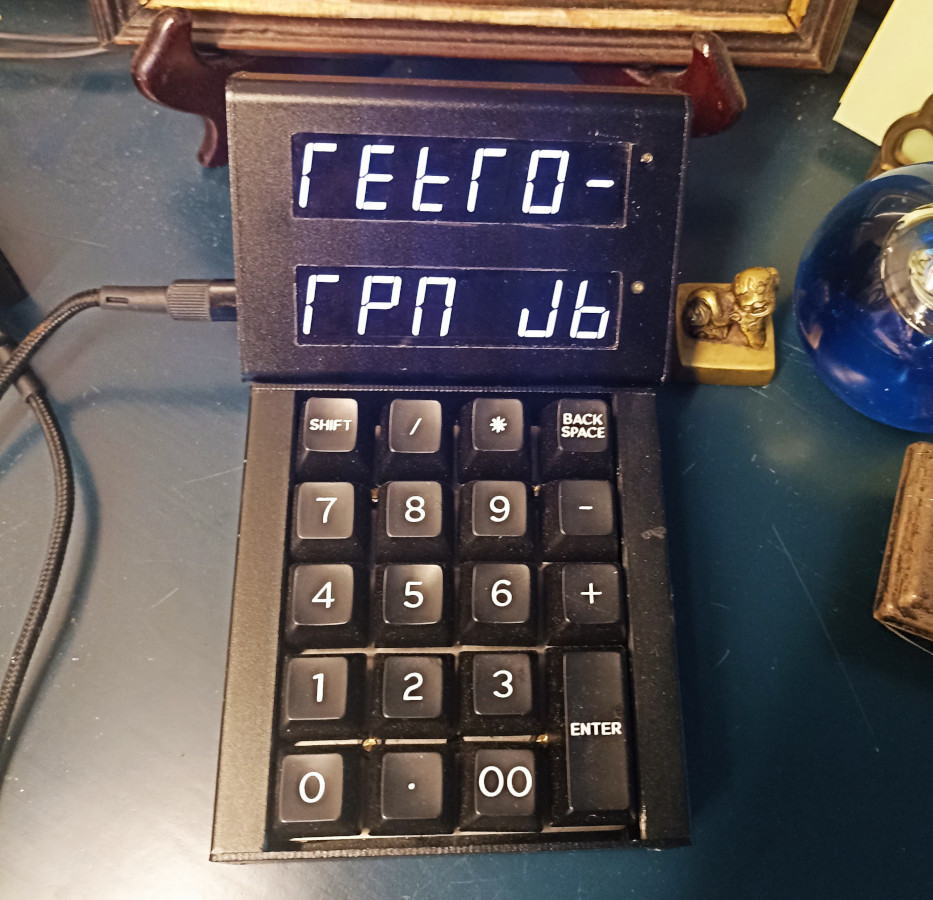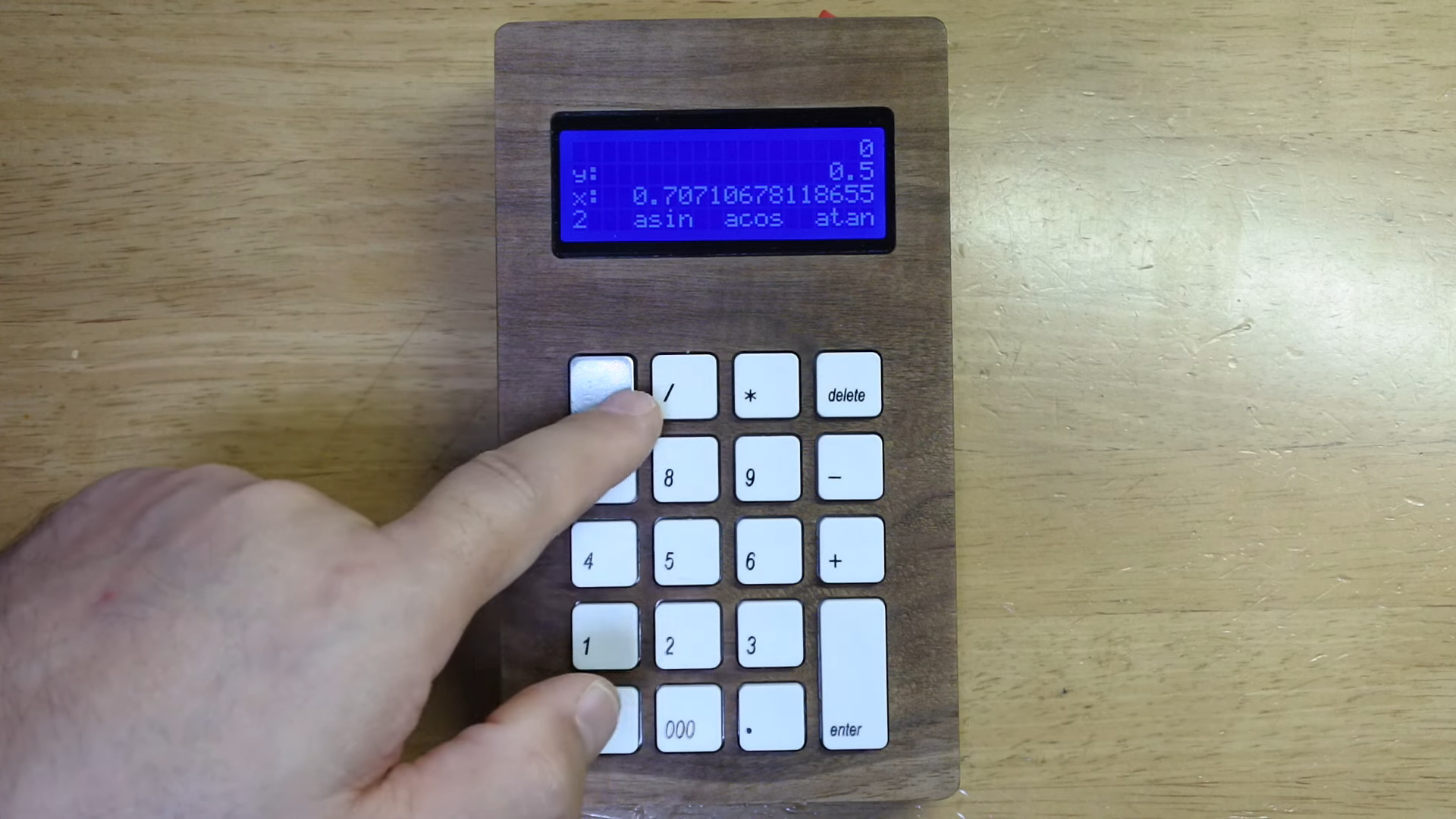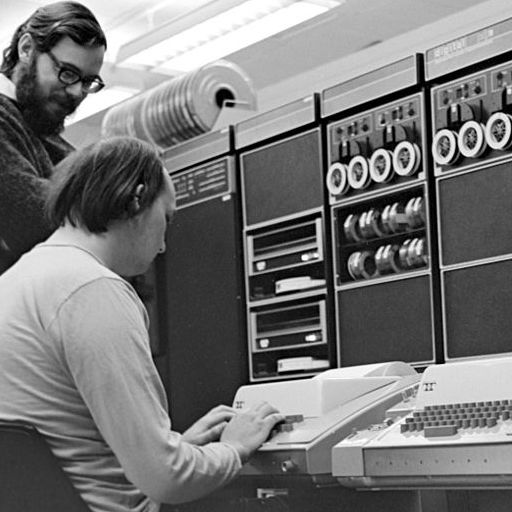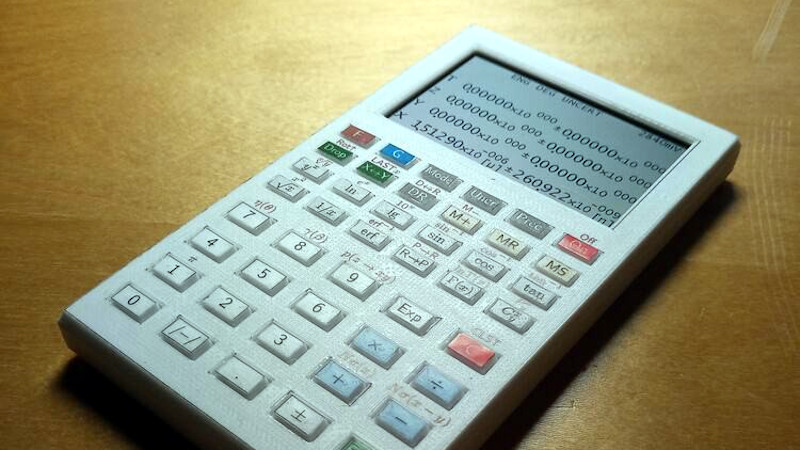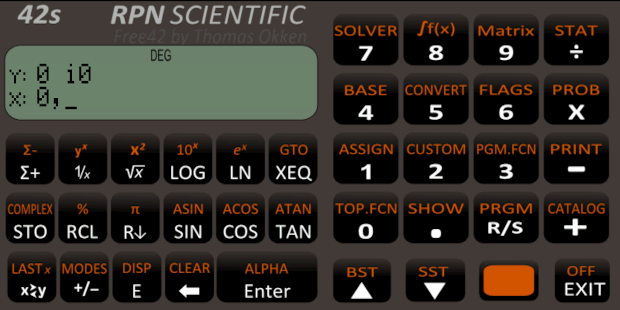One person like that
#rpn
2 Likes
2 Likes
In praise of Reverse Polish Notation (RPN) with Python or C

For whatever reason, RPN didn’t really succeed in the general marketplace, and you might wonder why it was ever a thing. The biggest reason is that RPN is very easy to implement compared to working through proper algebraic, or infix, notation. In addition, in the early years of computers and calculators, you didn’t have much to work with, and people were used to using slide rules, so having something that didn’t take a lot of code that matched how users worked anyway was a win-win.
With RPN, there is no ambiguity depending on secret rules or parentheses, nor is there any reason to remember things unnecessarily. Processing RPN, on the other hand, is easy. If you see a number, push it on the value stack. If you see an operator, pop off enough stuff from the stack, do the operation, and put the result back on the stack.
See https://hackaday.com/2023/06/21/in-praise-of-rpn-with-python-or-c/
#Blog, #math, #python, #RPN, #technology
2 Likes
1 Comments
One person like that
One person like that
2 Likes
Hey everyone, I’m #newhere fresh in from pluspora pod. Here's a bit of a copy-pasta intro:
I'm mostly about #retrocomputing and #computerhistory with a bit of #vintagecomputers thrown in. Also #calculators especially #rpn and programmable. I like green spaces and days which not overcast, #space and science and history. I read a fair bit of fiction these days, including #sff. I like languages, both human and computer. I'm from the 70s culturally, 80s technologically but the 60s biologically. I avoid talk of current events. I try to be an ally.
I co-moderate https://retrocomputingforum.com
I am a cat-lover, but one cat at a time. A serial felinophile.
I like #brianeno for his music and his thoughtful writings and funny videos, I write just a little code in #python and #javascript and #assembly and generally spend a lot of time on the internet.
I should mention open source and creative commons too.
Isn't the world a lovely place but in a fine old state though?
Thanks for the invite, @Andrew Pam!
12 Likes
12 Comments
5 Shares
4 Likes
3 Comments
Soviet Scientific Calculator Gives Up Its Cold War-Era Secrets

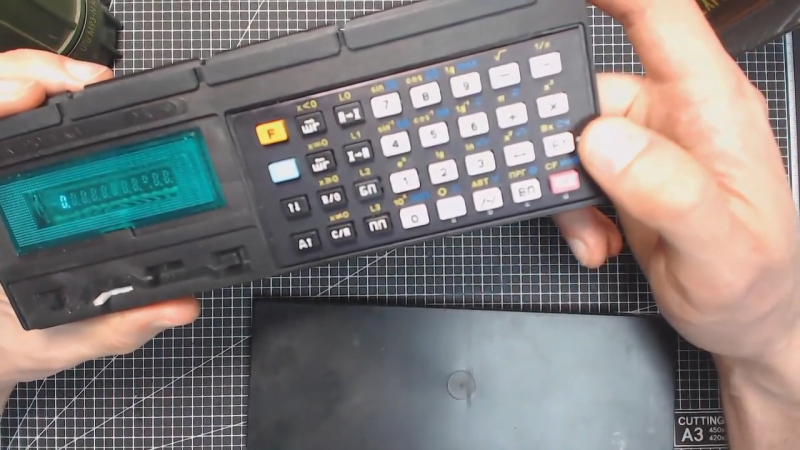
Say what you want about Soviet technology, but you've got to admit there was a certain style to Cold War-era electronics. Things were perhaps not as streamlined and sleek as their Western equivalents, but then again, just look at the Nixie tube craze to see where collectors and enthusiasts stand on that comparison.
One particularly interesting artifact from the later part of that era was the lovely Elektronika MK-52 "microcalculator". [Paul Hoets] has done a careful but thorough teardown of a fine example of this late-80s machine. The programmable calculator was obviously geared toward scientific and engineering users, but [Paul] relates how later versions of it were also used by the financial community to root out banking fraud and even had built-in cryptographic functions, which made encrypting text easy.
The video below the break shows the teardown, detailing the mostly through-hole construction and the interesting use of a daughter-board, which appears to hold the high-voltage section needed to drive the 11-character VFD tube. The calculator appears to be very well cared for, and once reassembled looks like it would be up for another ride on a Soyuz, where once it served as a backup for landing calculations.
We love the look of this machine and appreciate [Paul]'s teardown and analysis. But you say that the Cyrillic keyboard has you stumped and you need a bilingual version of the MK-52? That's not a problem.
#retrocomputing #calculator #mk52 #programmable #rpn #russia #soviet
2 Shares
One person like that

